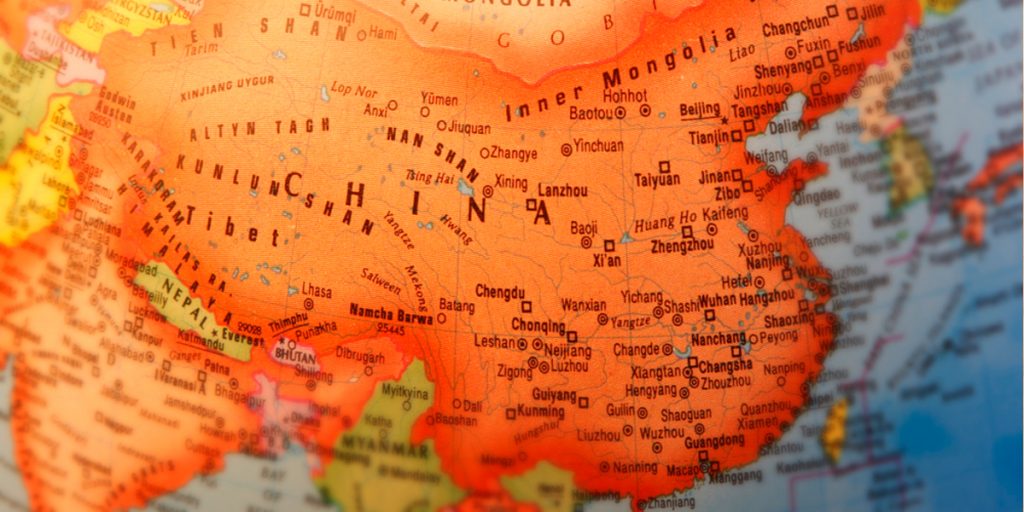On February 7, 2018, the company’s Board of Directors announced that it was pursuing shareholder approval to change the Company’s name from “China Cord Blood Corporation” to “Global Cord Blood Corporation” (GCBC). The name change reflects the company’s growing interest in international expansion.
With substantial merger and acquisition (M&A) activity underway within the global cord blood banking market, GCBC’s emphasis on combining organic (subscriber) growth with inorganic (acquisition-based) growth aligns its corporate strategy with its peers from across the world.
Over the past 5-10 years, the trend of cord blood industry consolidation through M&A activity has become a global phenomenon. Examples of this trend include:
- AMAG Pharmaceutical selling Cord Blood Registry (CBR) to GI Partners
- The largest Canadian bank (Insception) merging with the largest Australian bank (Cell Care Australia)
- Cryoholdco consolidating cord blood banks in Latin America
- Sanpower Group and its subsidiary Nanjing Cenbest aggregating cord blood banks in Asia
- Vita 34 and Famicord aggressively aggregating cord blood banks in Europe – FamiCord has executed 10+ transactions within the European marketplace, while Vita23 has executed 5+
Will Global Cord Blood Corporation’s Monopoly Continue Past 2020?
Under the current People’s Republic of China (PRC) government regulations, the government established that it would only allow one cord blood bank in each of the Chinese provinces. The Chinese government therefore issues one cord blood banking license per province, and the licensed company must function as both a public (donation-based) and private (for-profit) bank. The for-profit division funds the company’s donation-based public division, as no government support is received for this purpose.
China Cord Blood Corporation currently holds the exclusive license for three of the regions and has partial ownership in a 4th province. All of the other companies (four total) hold only one license each. As such, it is also the largest cord blood bank in the China, having either exclusive or partial operating rights within regions that account for nearly three-quarters of the annual births within China. It is also one of the fastest growing cord blood bank worldwide.
Although it has been mandated that no new licenses will be granted in China before 2020 beyond the seven licenses that are currently issued, it is unknown whether the government will introduce additional licenses or revoke the “one license per province” policy after 2020. Unfortunately, this regulatory variable is placing the Chinese cord blood market in a state of flux, because it is difficult for investors and cord blood operators to make long-term plans within the region.
Laboratory Facilities Operated by GCBC
Global Cord Blood Corporation’s (GCBC) key services include cord blood collection, laboratory testing, hematopoietic stem cell processing, and stem cell storage services. It is also one of the founders of the non-profit organization AsiaCORD (Asia Cord Blood Bank) Organization. Currently, it operates laboratories in Beijing and Guangdong.
The cord blood bank in Beijing is operated by Beijing Jiachenhong Biological Technologies Co. Ltd., which received its cord blood banking license in September 2002. The Beijing cord blood laboratory was awarded AABB accreditation in early 2013.
The cord blood bank in Guangdong is operated by Shenzhen Nuoya Pharmaceutical Equipment Co. Ltd, which received its cord blood banking license in June 2006.
It holds the exclusive license for 3 of the regions (Beijing, Guangdong, and Zhejiang) and has partial ownership in a 4th region through its 24% share in Shandong Cord Blood Bank. It entered Beijing in 2003, Guangdong in 2007, and Zhejiang in 2011. Within the regions that the company operates, there are approximately 2 million new births every year, allowing for a large potential market.[1] All of the other licensees in China hold only one license.
Global Cord Blood Corporation’s Hybrid Banking Structure
As required within the country, Global Cord Blood Corporation functions as a hybrid cord blood bank, with both public and private operating divisions. Despite being of one of the largest public cord blood banks in China, the company receives no funding from the Chinese government to operate its public banking infrastructure.
However, the company does have a strategic collaboration with Cordlife Group Limited (“CordLife”) to share its donated samples database for purposes of increasing the probability that those seeking a hematopoietic stem cell therapy will find a match. Global Cord Blood Corporation’s public division has also been very successful.
The other operating regions where Global Cord Blood Corp does not hold permits are Tianjin, Shanghai, and Sichuan, which are responsible for only 3%, 5%, and 19% of annual births in China, respectively (total of 27%).[2] This means that China Cord Blood Corporation has exclusive or partial access to the remaining 73% of all newborn births that occur each year in China.
Footnotes
[1] Stats.gov.cn. China Statistical Yearbook 2013. [online] Available at: http://www.stats.gov.cn/tjsj/ndsj/2017/indexeh.htm [Accessed April 16, 2018].
[2] Chen, A. (2014). Presentation: The Commercialization of Umbilical Cord Blood Banking in China and its Operational Challenges. World Cord Blood Congress, September 17, 2014.
To learn more, view the “Global Cord Blood Industry Report.”
